#cultural archeology
Explore tagged Tumblr posts
Text

Laurence Olivier in Wuthering Heights as Heathcliffe
#found#art#cultural archeology#found photo#black and white#black and white movies#romance#gothic#wuthering heights#old movies#old movie#vintage
3 notes
·
View notes
Text


adam and eve apple. quote translates to “I am your half”
#arqueologia#archaeologylovers#ancientcivilization#museum#art#history#photography#archaeological#antiquities#arte#archaeologylife#archeology#ancient#archaeologist#archaeology#antiquity#artifacts#archeologie#historical#culture#sculpture#artlovers#ancientruins#roman#ologie#mythology#photooftheday#archeotravel#arch#archeologicalsite
5K notes
·
View notes
Text
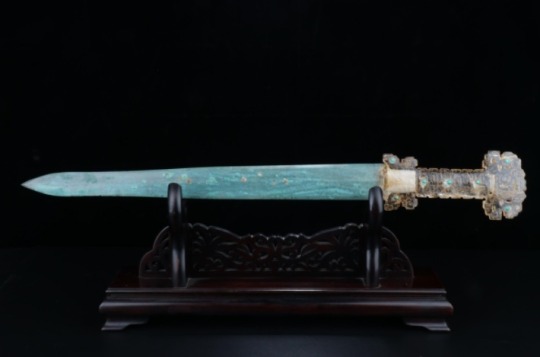
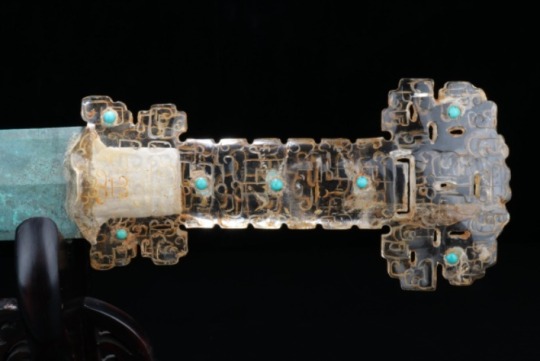
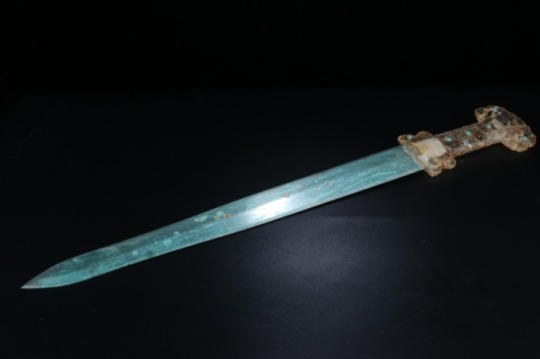
Chinese Bronze Sword With An Inlaid Rock Crystal, Turquoise and Gold Hilt Warring States Period, Circa 4th - 2nd Century B.C.
#Chinese Bronze Sword With An Inlaid Rock Crystal Turquoise and Gold Hilt#Warring States Period#Circa 4th - 2nd Century B.C.#bronze#bronze sword#ancient artifacts#archeology#archeolgst#history#history news#ancient history#ancient culture#ancient civilizations#ancient china#chinese history#chinese art#art
6K notes
·
View notes
Text
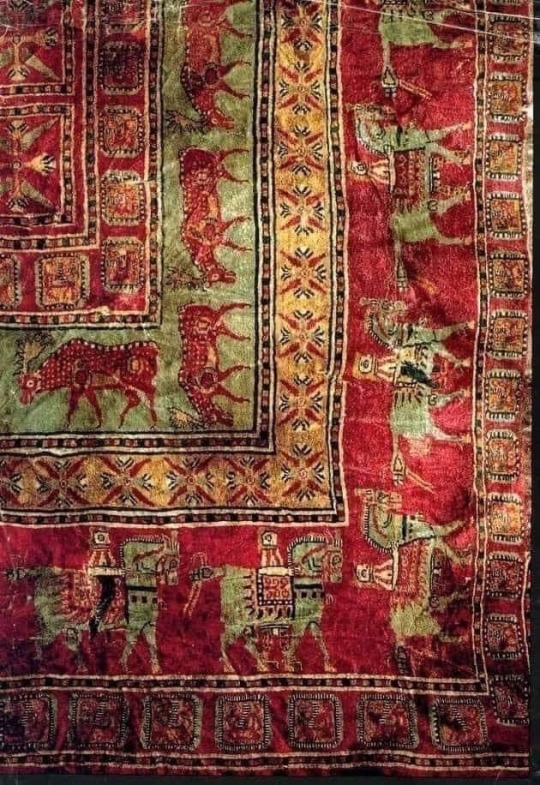
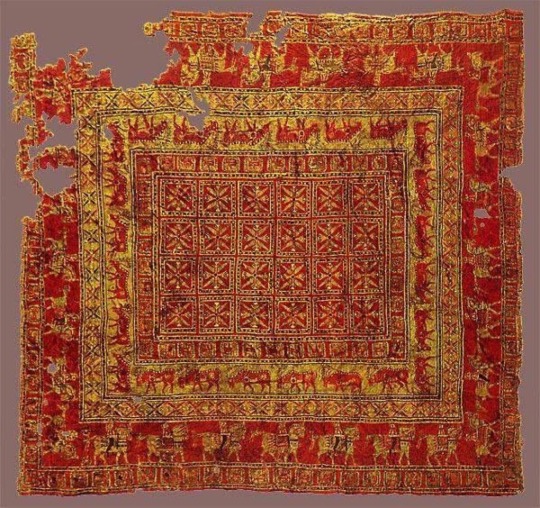
The Pazyryk Carpet is the oldest known carpet on earth woven 2500 years ago (5th Century B.C.). It was discovered in the tomb of a Scythian prince in the Pazyryk Valley of Siberia by Ukrainian archaeologist Sergei Rudenko in the late 1940s.
6K notes
·
View notes
Text
Someone just tagged one of my tweedy selfies with "dark academia is problematic" and I'm just dying over here, especially since I associate my look more with riding horses than archiving at the Mütter Museum.
Anyway, "vintage style, not vintage values."

#half of Dark Academia aesthetic posts are of men in waistcoats that make them look like Olive Garden waiters#I am sartorially offended to be confused for that aesthetic lol#this is what happens when an aesthetic movement is built upon pop culture cliches with no understanding of fashion or history#I chuckle at folks who imagine me on some archeological adventure#but what's really in my imagination is being called out to help with lambing season#“dark academia” vibe to me is that shitty couple who cosplay 24/7 as 1920s British Egyptologists#excuse me but I'm larping as a 1930s British country vet
231 notes
·
View notes
Text

shell necklace made of river mussels
stroked pottery culture, 4800-4400 BC
found in Šárka, Czech Republic
#neolithic#prehistory#stone age#artefact#archaeology#jewellery#stroked pottery culture#czech republic#archeology#my upl#central europe#european prehistory
450 notes
·
View notes
Text


two heads of Egyptian princesses from the Amarna Period, around 1350 BC. Found at Amarna and now in the Egyptian Museum in Berlin.
278 notes
·
View notes
Text

Copper axe heads. Discovered in the Great Lakes region of the United States. From the Old Copper Culture. Old Copper Culture was active throughout the Great Lakes region from 7500 to 1000 BCE. They mined copper (hence the name) and made arrowheads, axes, fishhooks, bowls, religious iconography and much more with the metal. As time went on the metal became less practical for tool production and took on a more ornamental purpose.
The ancient axes pictured above are located in the Milwaukee Public Museum (MPM).
#art#culture#history#ancient culture#ancient art#ancient#old copper complex#old copper culture#native american history#american history#american art#copper#archeology#anthropology#native american#Milwaukee#Milwaukee public museum#museum#prehistoric
223 notes
·
View notes
Text
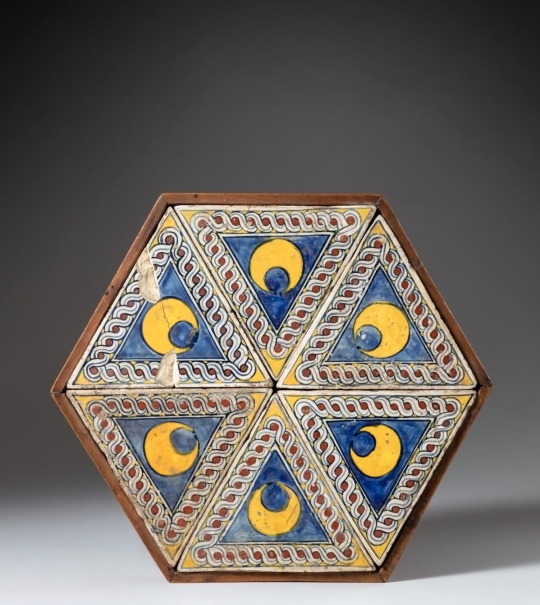
Tile From The Piccolomini Library Floor, Italian, Siena, c. 1495-1497. Tin glazed tile; set in a wooden frame. The triangular form painted with the impresa of a crescent moon against a blue-washed ground within a yellow-ground rope-twist border.
586 notes
·
View notes
Text
The freedom to abandon one’s community, knowing one will be welcomed in faraway lands; the freedom to shift back and forth between social structures, depending on the time of year; the freedom to disobey authorities without consequence – all appear to have been simply assumed among our distant ancestors, even if most people find them barely conceivable today. Humans may not have begun their history in a state of primordial innocence, but they do appear to have begun it with a self-conscious aversion to being told what to do. If this is so, we can at least refine our initial question: the real puzzle is not when chiefs, or even kings and queens, first appeared, but rather when it was no longer possible simply to laugh them out of court.
The Dawn of Everything: A New History of Humanity by David Graeber and David Wengrow
#the dawn of everything#David Graeber#David Wengrow#archeology#prehistory#anthropology#history#upper paleolithic#paleolithic#human history#sociology#book recommendations#book quotes#nonfiction#readings#reading list#reading recommendations#book rec#cultural anthropology#history of science#inequality#anarchism#writings
1K notes
·
View notes
Text




Back in the 13th century (the writings are estimated to date from 1234 to 1268) a 6/7 year old boy named Onfim, who lived in Veliky Novgorod, left his notes and school assignments scratched on birch bark. These have survived to this day and are written in the old Novgorod dialect. They consist of letters, syllables and drawings of battle scenes, knights, horses, arrows and himself with his teacher. These are clearly school assignments that Onfim was practising.
59 notes
·
View notes
Text
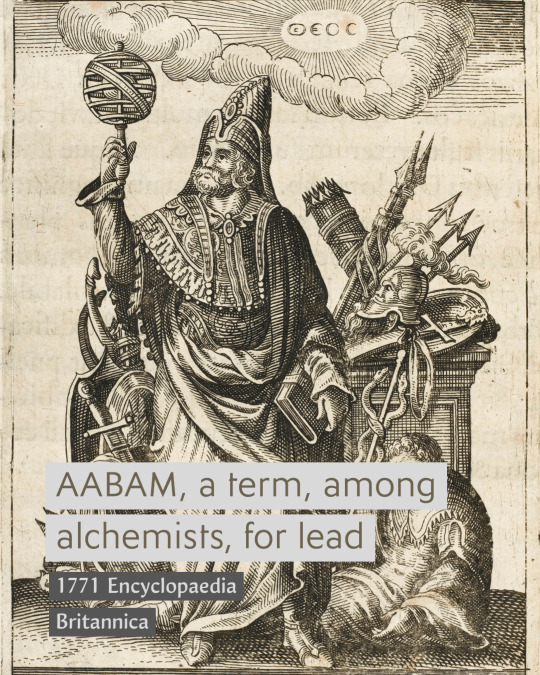
Lost words: AABAM, a term, among alchemists, to signify lead
#found#dictionary#lost words#alchemy#encyclopaedia Britannica#1771#lead#aabam#cultural archeology#found word#history#chemistry#history of science
2 notes
·
View notes
Text
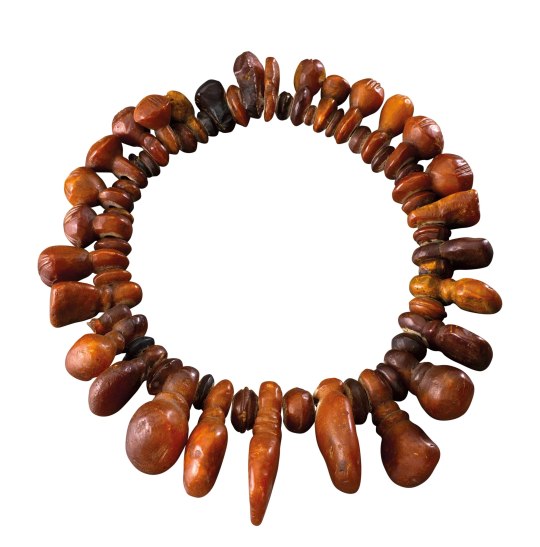
Amber necklace sixth century B.C.,
Hallstatt culture, Wierzbnica, Poland.
Photography by BPK, Scala, Florence
#art#history#design#style#archeology#sculpture#amber#necklace#poland#wierzbnica#hallstatt culture#jewellery#jewelry#fashion
451 notes
·
View notes
Text
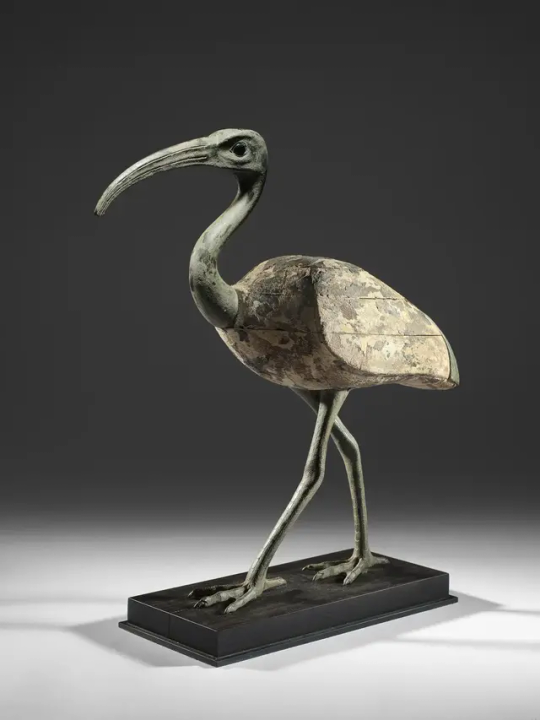
An Egyptian almost life-size bronze and wood striding ibis Late Period, circa 664-332 B.C.
#An Egyptian almost life-size bronze and wood striding ibis#Late Period#circa 664-332 B.C.#bronze#wood#ancient artifacts#archeology#archeolgst#history#history news#ancient history#ancient culture#ancient civilizations#ancient egypt#egyptian history#egyptian art#ancient art#art history
2K notes
·
View notes
Text
Ancient graffiti on the tomb of Ramses IV, Egypt
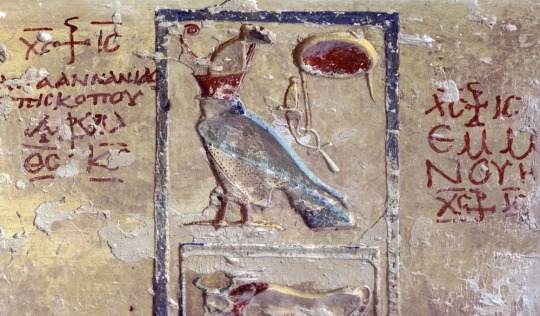


The tomb was visited by Romans, Greeks and many more. The inscriptions, some of which were made over 2,000 years ago, reveal what travellers to one of the world's oldest attractions thought of the memorials to long-dead rulers in the Valley of the Kings.
Among the carvings were the phrases 'I visited and I did not like anything except the sarcophagus!', 'I admired!', 'I, Ammonios from Italy, saw and admired it" and 'I can not read the hieroglyphs!'
875 notes
·
View notes
Text

Sean bienvenidos, japonistasarqueológicos, a una nueva entrega de religión nipona, una vez dicho esto pónganse cómodos qué empezamos. - Seguramente, todos hemos escuchado hablar del Budismo y Sintoísmo, dos religiones muy diferentes entre sí, ya que sus pilares religiosos no están hechos de la misma materia, voy a intentar resumir este tema para que todos podamos entenderlo mejor. ¿Cuándo llego el budismo a Japón? Llego en el siglo VI d.c en el período kofun también denominado protohistoria, lo que no voy a negar y lo que todos sabemos es que china, India y otros países influenciaron a Japón y eso lo podemos ver todavía a día de hoy. - Pero hace poco vi el uso de la palabra Sincretismo religioso, lo cual, me parece el término de lo menos apropiado, ¿Qué significa sincretismo? Unión, fusión e hibridación, casos más claros, lo podemos ver en Latinoamérica y con Grecia y Roma. Por lo cual el término más apropiado para este caso sería coexistencia o convivencia, además en el periodo meiji hubo una reforma religiosa para separar ambas religiones y convivencia al sintoísmo, religión del estado, a esto se le llama Shinbutsu bunri en hiragana sería:(しんぶつぶんり) ¿Qué opinan ustedes? - Espero que os haya gustado y nos veamos en próximas publicaciones que pasen una buena semana. - ようこそ、考古学的日本びいきの皆さん、日本の宗教の新連載へ。 - 仏教と神道、この二つの宗教の柱は同じ材料でできているわけではないので、私たちは皆、この二つの宗教について聞いたことがあるだろう。 仏教はいつ日本に伝来したのだろうか?仏教が日本に伝来したのは紀元6世紀の古墳時代で、原始時代とも呼ばれている。しかし、中国やインド、その他の国々が日本に影響を与えたことは否定しないし、誰もが知っていることである。 - しかし最近、宗教的シンクレティズムという言葉が使われているのを目にした。シンクレティズムとは何を意味するのだろうか?統合、融合、ハイブリッド化、その最も明確な例はラテンアメリカやギリシャ、ローマに見られる。また、明治時代には宗教改革が行われ、両宗教を分離し、国教である神道と共存させた。 - 今後の記事もお楽しみに。
-
Welcome, archaeological Japanophiles, to a new instalment of Japanese religion, so make yourselves comfortable and let's get started.
Surely, we have all heard about Buddhism and Shintoism, two very different religions from each other, as their religious pillars are not made of the same material, I will try to summarize this topic so we can all understand it better. When did Buddhism arrive in Japan? It arrived in the 6th century A.D. in the Kofun period also called protohistory, what I will not deny and what we all know is that China, India and other countries influenced Japan and we can still see that today.
But recently I saw the use of the word religious syncretism, which seems to me the least appropriate term, what does syncretism mean? Union, fusion and hybridisation, the clearest cases of which can be seen in Latin America and with Greece and Rome. So the most appropriate term for this case would be coexistence or coexistence, also in the meiji period there was a religious reform to separate both religions and coexistence to Shinto, state religion, this is called Shinbutsu bunri in hiragana would be:(しんぶつぶんり) What do you think?
Hope you liked it and see you in future posts have a good week.
#history#japan#culture#kyoto#geography#photos#education#japan photos#photography#photo#artists on tumblr#original artists on tumblr#archeology#日本#歴史#ユネスコ#unesco#考古学#art
40 notes
·
View notes